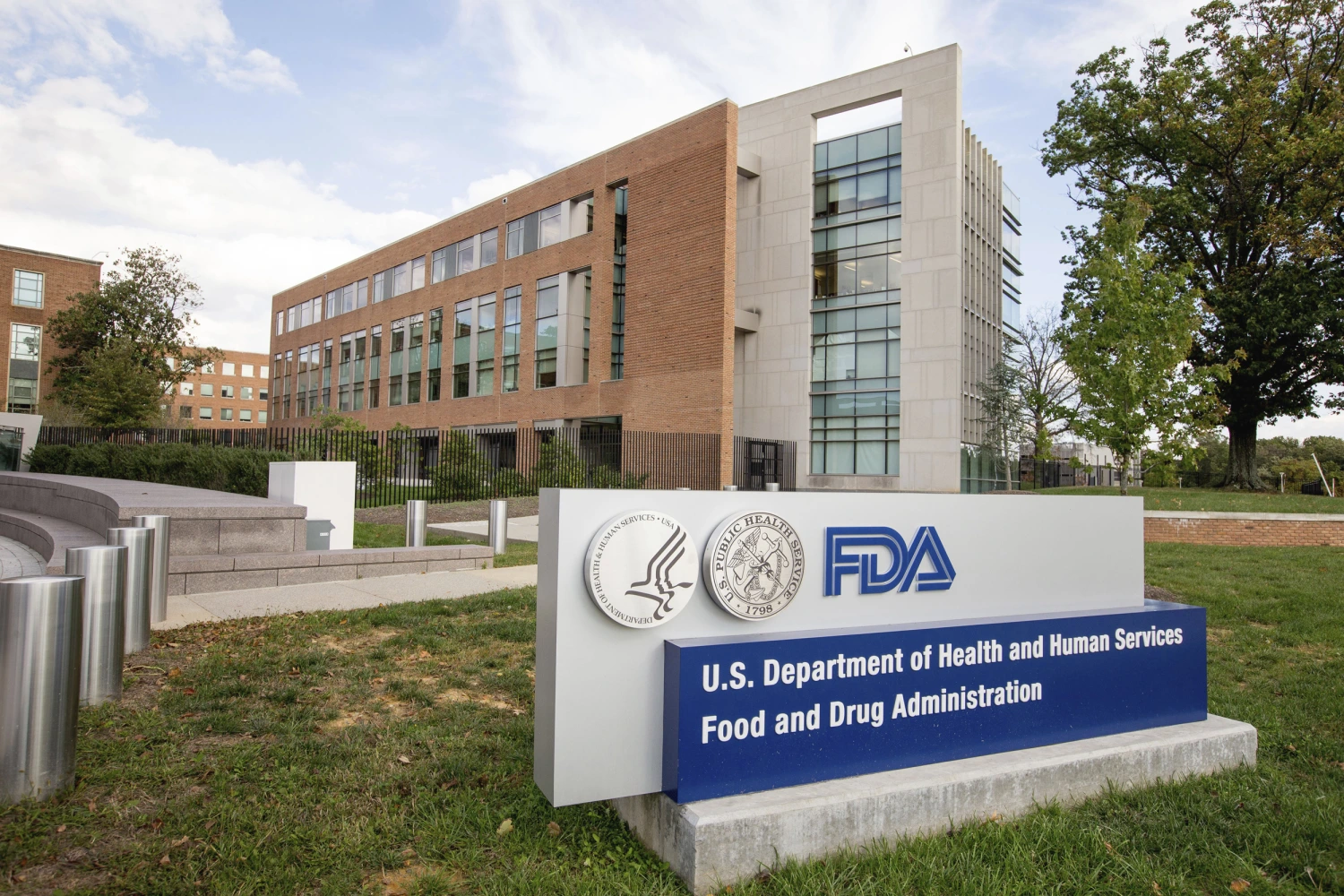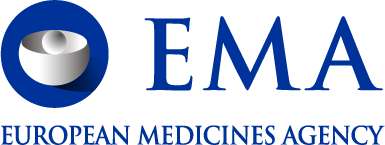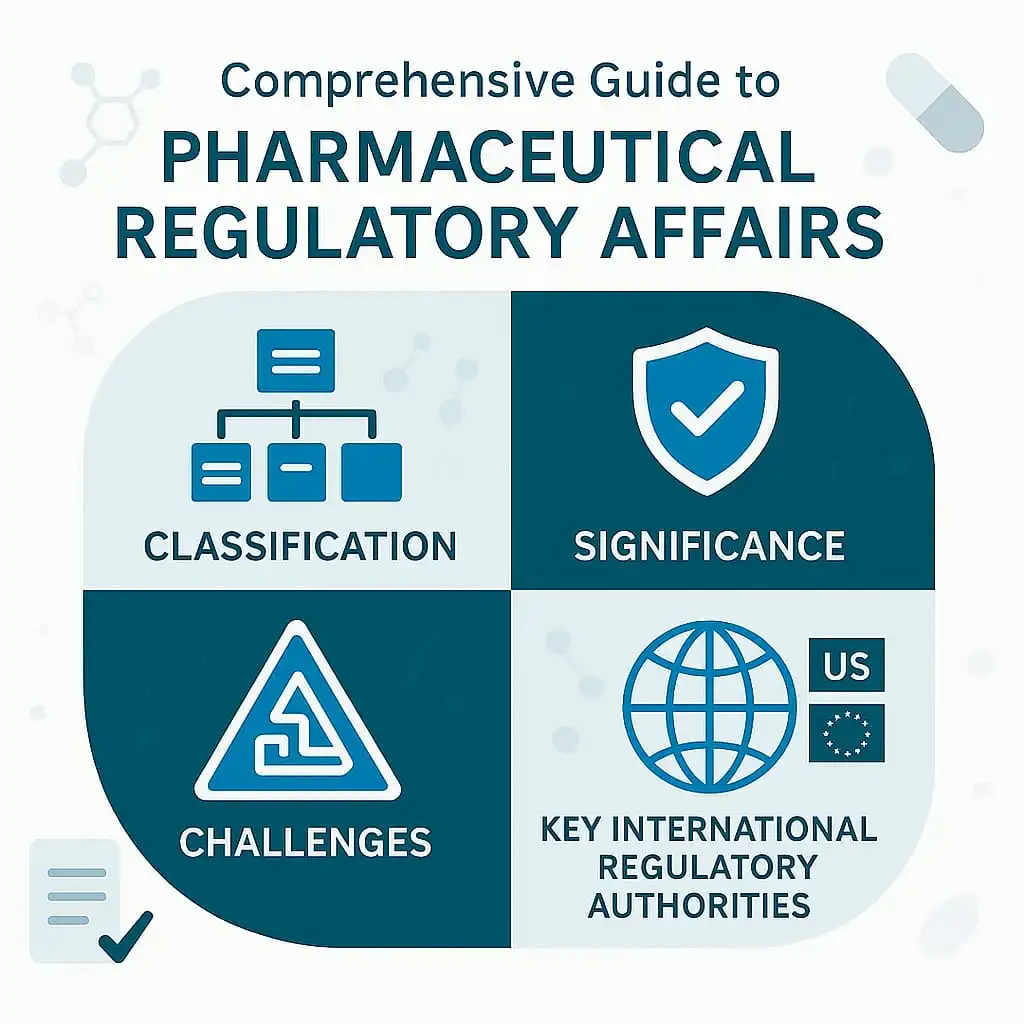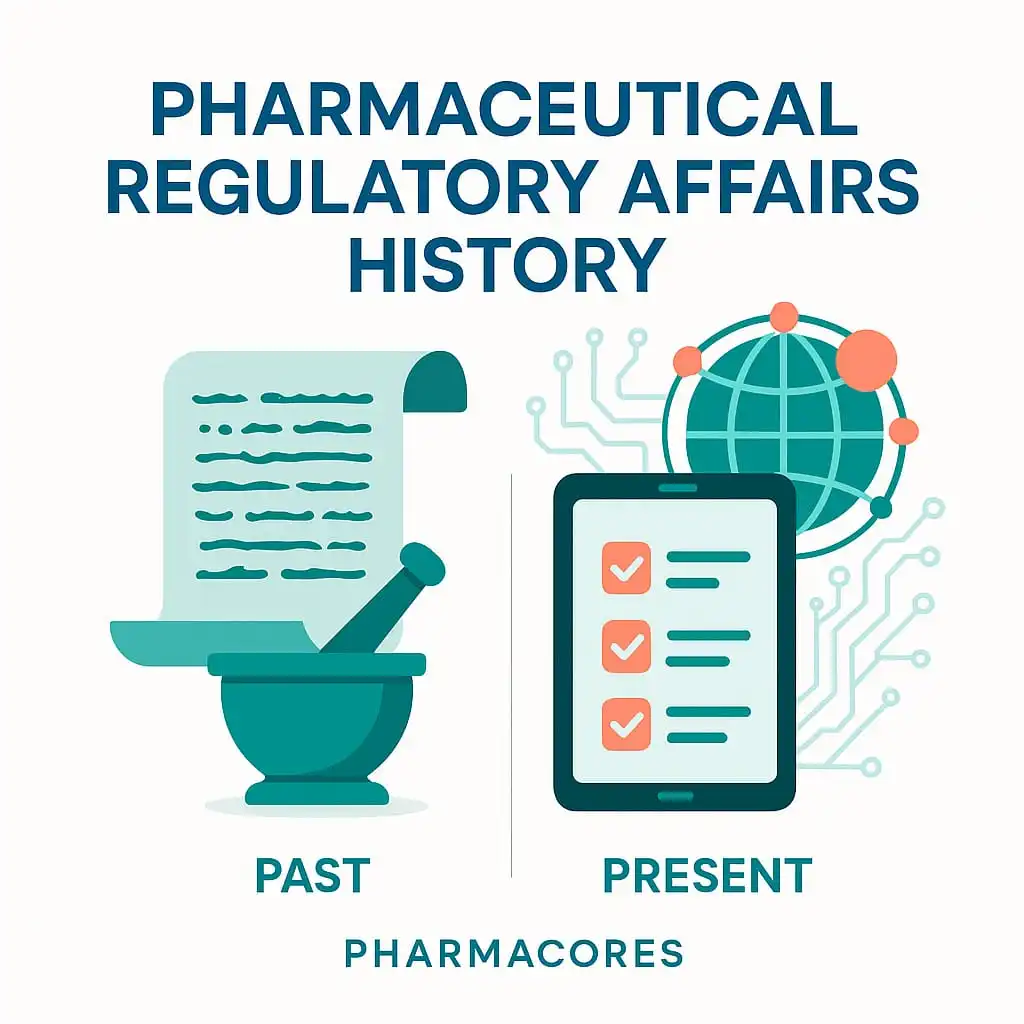
Global Regulatory Authorities:
Mapping the Hidden Power Struggles of Global Regulatory Governance Inside the FDA, EMA, WHO, and Other Key Authorities is crucial for shaping health policies. Global regulatory authorities are governmental or international organizations that are responsible for making sure that medicines, vaccines, medical devices, and other health-related products are safe, effective, and of high quality before they are used by the public.
These agencies have the critical job of protecting public health. They review scientific data submitted by pharmaceutical companies, approve new drugs and devices, monitor their performance after launch, and can recall products if they find any risk to patients. Without these organizations, unsafe or ineffective products could reach the market and cause serious harm.
Key role of authorities
Here are the key roles and responsibilities of global regulatory authorities:
1-Product Evaluation and Approval
When a company creates a new medicine or device, it must submit detailed research data to the regulatory agency. Experts at the agency study this data to check if the product is safe for people, works as intended, and is manufactured properly. If all conditions are met, the product is approved and can be sold to the public.
2-Licensing and Monitoring
Even after a product is approved, the agency continues to monitor it in the real world. Patients, doctors, and manufacturers can report side effects or problems. Agencies investigate and, if necessary, update safety warnings, suspend, or recall the product.
3-Good Manufacturing Practices (GMP)
Authorities ensure that companies follow strict rules when making products.
These rules include clean environments, trained workers, and proper quality checks. They regularly inspect manufacturing sites to make sure they meet standards.
4-Public Health Protection During Emergencies
In times of crisis (like the COVID-19 pandemic), regulatory agencies use special rules to speed up approval of critical treatments and vaccines. This is done without skipping safety steps, but with faster reviews of urgent products.
5-Collaboration with Other Countries
Many diseases and products cross borders. Regulatory agencies work together through international partnerships. They share safety data, conduct joint reviews, and agree on global standards.
Major Global Regulatory Authorities
Here are a few of the most important regulatory bodies in the world:
- FDA (Food and Drug Administration) – United States
- EMA (European Medicines Agency) – European Union
- WHO (World Health Organization) – International
- MHRA (Medicines and Healthcare Products Regulatory Agency) – United Kingdom
- PMDA (Pharmaceuticals and Medical Devices Agency) – Japan
- TGA (Therapeutic Goods Administration) – Australia
- CDSCO (Central Drugs Standard Control Organization) – India
- Health Canada – Canada
- ANVISA – Brazil
Each of these agencies follows a strict approval process, and many of them also work together under international groups like:
- ICH (International Council for Harmonisation)
- ICMRA (International Coalition of Medicines Regulatory Authorities)
- PIC/S (Pharmaceutical Inspection Co-operation Scheme)
Importance of regulatory authorities:
Without these organizations:
- Dangerous or fake medicines could harm or kill people.
- Ineffective treatments might waste time and money.
- Global health emergencies could become worse due to delays in vaccine approval.
- Public trust in healthcare systems would fall.
Regulatory authorities make sure that science, safety, and ethics come before profits or politics. Their work helps build a world where patients can trust that the medicines and devices they use are thoroughly tested and reliable.
Strategic Overview of Global Health Regulatory Bodies
1. United States Food and Drug Administration (FDA)

The U.S. Food and Drug Administration (FDA) is a federal agency under the Department of Health and Human Services (HHS), responsible for protecting and promoting public health through the regulation and supervision of a wide range of products. These include pharmaceutical drugs, biologics, medical devices, food products, cosmetics, tobacco products, and radiation-emitting devices.
Established in 1906 under the Pure Food and Drugs Act, the FDA has evolved into one of the most influential regulatory bodies in the world. It plays a pivotal role in ensuring the safety, efficacy, and quality of products made available to the U.S. population. Beyond domestic oversight, the FDA also has significant global influence, often setting regulatory standards that are adopted or referenced by international health authorities.
The FDA operates through multiple centers, such as the Center for Drug Evaluation and Research (CDER) and the Center for Biologics Evaluation and Research (CBER), each specializing in the evaluation and approval processes of different product categories. Its regulatory functions are grounded in science-based decision-making, risk assessment, and rigorous review processes that help ensure that only safe and effective products reach the market.
As a cornerstone of the global regulatory ecosystem, the FDA collaborates with international counterparts, contributes to harmonization initiatives, and responds to public health emergencies—highlighting its critical role in safeguarding health in an increasingly interconnected world.
Key Responsibilities
- Approval and regulation of drugs (both human and veterinary).
- Oversight of medical devices and diagnostics.
- Monitoring food safety and labeling.
- Ensuring tobacco product regulations.
Key Divisions
- Center for Drug Evaluation and Research (CDER)
- Center for Biologics Evaluation and Research (CBER)
- Center for Devices and Radiological Health (CDRH)
Regulatory Framework
- Follows the Code of Federal Regulations (21 CFR).
- Implements the Investigational New Drug (IND) and New Drug Application (NDA) processes
2. European Medicines Agency (EMA)

Introduction
The European Medicines Agency (EMA) is the central regulatory authority responsible for the scientific evaluation, supervision, and safety monitoring of medicines in the European Union (EU). Established in 1995, the EMA plays a vital role in facilitating the development and approval of human and veterinary medicinal products across the EU’s member states, ensuring that these medicines are safe, effective, and of high quality.
Headquartered in Amsterdam, the Netherlands, the EMA operates as a decentralized agency of the European Union and serves as a critical component of the EU’s broader pharmaceutical regulatory network. Its work is grounded in collaboration with national competent authorities from EU and EEA countries, scientific experts, healthcare professionals, and patients.
A key function of the EMA is managing the centralised authorization procedure, which allows pharmaceutical companies to submit a single marketing authorisation application that, if approved, is valid across all EU member states.
This streamlines access to innovative therapies and ensures consistent regulatory standards across Europe. The agency is also responsible for pharmacovigilance, the continuous monitoring of medicines once they are on the market, and for assessing advanced therapies, orphan medicines, and public health threats. Through its seven scientific committees and multiple working parties, the EMA supports regulatory science and decision-making based on robust evidence and risk-benefit analysis.
With its emphasis on transparency, scientific excellence, and public health protection, the EMA is a globally recognized authority that contributes significantly to regulatory harmonization and international collaboration in the field of medicines regulation.
Key Responsibilities
- Centralized drug approval for all EU member states.
- Pharmacovigilance and safety monitoring.
- Supporting innovation and development of medicines.
Key Committees
- Committee for Medicinal Products for Human Use (CHMP)
- Committee for Orphan Medicinal Products (COMP)
- Committee for Advanced Therapies (CAT)
Regulatory Pathways
- Centralized Procedure (mandatory for certain drug classes).
- Decentralized Procedure and Mutual Recognition Procedure for others
3. World Health Organization (WHO)

Introduction
The World Health Organization (WHO) is a specialized agency of the United Nations responsible for international public health. Established in 1948, its mission is to promote health, keep the world safe, and serve the vulnerable by coordinating global responses to health emergencies, setting health standards, and supporting countries in improving healthcare systems. WHO works with member states and partners worldwide to ensure equitable access to healthcare and to combat global health challenges.
Key Responsibilities
- Setting global health standards and guidelines.
- Prequalification of medicines, vaccines, and diagnostics for global procurement.
- Disease surveillance and pandemic preparedness.
- Promoting access to essential medicines.
Regulatory Tools
- WHO Prequalification Program (PQP)
- Model List of Essential Medicines
- International Pharmacopoeia
4. Pharmaceuticals and Medical Devices Agency (PMDA – Japan)
Introduction
The Pharmaceuticals and Medical Devices Agency (PMDA) is Japan’s regulatory authority responsible for the scientific review of pharmaceuticals, medical devices, and regenerative medicines. Operating under the Ministry of Health, Labour and Welfare (MHLW), the PMDA ensures the safety, efficacy, and quality of medical products through regulatory review, post-marketing surveillance, and consultation services. It plays a key role in Japan’s healthcare system and collaborates internationally to promote regulatory harmonization and innovation
Key Responsibilities
- Drug and device evaluation.
- Post-marketing safety surveillance.
- Support for clinical trials and innovation.
Regulatory Pathways
- Follows the Pharmaceutical and Medical Device Act (PMD Act).
- Similar drug application processes to the FDA/EMA, such as NDAs and biologics licenses.
5. Medicines and Healthcare products Regulatory Agency (MHRA – United Kingdom)
Introduction
The Medicines and Healthcare products Regulatory Agency (MHRA) is the United Kingdom’s regulatory body responsible for ensuring that medicines, medical devices, and blood components for transfusion are safe, effective, and of high quality. Operating under the Department of Health and Social Care, the MHRA oversees product licensing, inspections, pharmacovigilance, and post-market surveillance. It plays a critical role in protecting public health while supporting innovation and regulatory compliance in the UK life sciences sector.
Key Responsibilities
- Licensing, monitoring, and inspecting medicines and devices.
- Ensuring safety through pharmacovigilance.
- Supporting innovation in healthcare products.
Regulatory Changes Post-Brexit
- Independent pathways for drug approval.
- Continued collaboration with international agencies through reliance procedures
Health Canada
Introduction
Health Canada is the federal department responsible for helping Canadians maintain and improve their health by regulating and overseeing the safety, efficacy, and quality of drugs, medical devices, biologics, and other health products. Through its Health Products and Food Branch (HPFB), it evaluates and monitors health products before and after they reach the market, ensuring compliance with Canadian laws and standards. Health Canada also collaborates internationally to align regulatory practices and support public health and innovation.
Key Branches
- Health Products and Food Branch (HPFB)
- Therapeutic Products Directorate (TPD)
Drug Approval Process
- New Drug Submission (NDS)
- Abbreviated New Drug Submission (ANDS)
Central Drugs Standard Control Organization (CDSCO – India)
Introduction
The Central Drugs Standard Control Organization (CDSCO) is India’s national regulatory authority for pharmaceuticals and medical devices. Operating under the Ministry of Health and Family Welfare, CDSCO is responsible for the approval of new drugs, clinical trials, setting drug standards, and ensuring the safety, efficacy, and quality of drugs and medical products across India. As the regulatory counterpart to global agencies like the FDA and EMA, CDSCO plays a key role in safeguarding public health and promoting regulatory harmonization within India’s growing healthcare sector.
Key Responsibilities
- Approval of new drugs and clinical trials.
- Regulation of the import, manufacture, distribution, and sale of drugs.
- Ensures compliance with the Drugs and Cosmetics Act & Rules.
Drug Approval Process
- Clinical Trial Application (CTA)
- New Drug Application (NDA) with local clinical data.
National Medical Products Administration (NMPA – China)
Introduction
The National Medical Products Administration (NMPA) is China’s regulatory authority responsible for the regulation, supervision, and administration of drugs, medical devices, and cosmetics. It oversees product approval, quality control, safety monitoring, and post-market surveillance to ensure public health and safety. As China’s counterpart to agencies like the FDA and EMA, the NMPA plays a vital role in facilitating innovation, enforcing regulatory compliance, and harmonizing standards within China’s fast-growing healthcare market.
Key Responsibilities
- Drug evaluation and approval.
- Safety monitoring and adverse event reporting.
- Standard setting and enforcement.
Reform Highlights
- Alignment with ICH guidelines.
- Streamlining of the review and approval processes.
Other Notable Authorities
TGA – Therapeutic Goods Administration (Australia)
- Regulates therapeutic goods, including medicines, medical devices, and diagnostics.
- Strong focus on risk-based classification of products.
ANVISA – Agência Nacional de Vigilância Sanitária (Brazil)
- Oversees drug and food safety and health services regulation.
- Plays a key role in the approval of vaccines and biosimilars.
SAHPRA – South African Health Products Regulatory Authority
- Ensures the safety, efficacy, and quality of health products in South Africa.
- Part of the growing regulatory presence in Africa
Global Cooperation: Working Together
ICH – International Council for Harmonisation
- Makes global rules for how medicines are tested and approved.
- Members include the FDA, EMA, PMDA, and Health Canada.
ICMRA – International Coalition of Medicines Regulatory Authorities
- Top-level group of drug regulators.
- Shares safety info and coordinates during emergencies.
PIC/S – Pharmaceutical Inspection Co-operation Scheme
- Helps countries work together on GMP inspections (checking how medicines are made).
IMDRF – International Medical Device Regulators Forum
Sets safety rules for medical devices like pacemakers and diagnostic machines.
Why These Agencies Are Important
- Protect public health – Only safe, effective products reach the public.
- Ensure quality – Check how drugs are made and stored.
- Promote innovation – Help bring new medicines to patients faster.
- Work globally – Share data and work with other countries.
Conclusion: Toward a Globally Integrated Health Governance Framework
In a globalized health landscape, robust national regulators and international cooperation are both essential. Agencies like the FDA, EMA, and WHO not only protect their populations but also shape global practices through harmonization, joint inspections, and knowledge exchange.
By aligning standards and sharing data, these institutions build trust in the medicines and devices that billions rely on every day.
References
- European Medicines Agency. (n.d.). Good pharmacovigilance practices (GVP). Retrieved June 30, 2025, from https://www.ema.europa.eu/en/human-regulatory/post-authorisation/pharmacovigilance/good-pharmacovigilance-practices
- Food and Drug Administration (FDA). (2024). What we do. U.S. Department of Health and Human Services. Retrieved June 30, 2025, from https://www.fda.gov/about-fda/what-we-do
- Food and Drug Administration (FDA). (2023). Focus areas of regulatory science. U.S. Department of Health and Human Services. Retrieved June 30, 2025, from https://www.fda.gov/science-research/focus-areas-regulatory-science-report/focus-areas-regulatory-science-introduction
- International Council for Harmonisation of Technical Requirements for Pharmaceuticals for Human Use (ICH). (n.d.). About ICH. Retrieved June 30, 2025, from https://www.ich.org/page/about
- International Coalition of Medicines Regulatory Authorities (ICMRA). (2021). About ICMRA. Retrieved June 30, 2025, from https://www.icmra.info/drupal/en/about
- Pharmaceutical Inspection Co-operation Scheme (PIC/S). (n.d.). Mission and vision. Retrieved June 30, 2025, from https://www.picscheme.org/en/about
- World Health Organization (WHO). (2022). Pharmacovigilance. Retrieved June 30, 2025, from https://www.who.int/teams/regulation-prequalification/regulation-and-safety/pharmacovigilance
- World Health Organization (WHO). (2023). WHO Prequalification of medicines. Retrieved June 30, 2025, from https://extranet.who.int/pqweb/
- Health Canada. (2024). Drug and health product submissions. Government of Canada. Retrieved June 30, 2025, from https://www.canada.ca/en/health-canada/services/drugs-health-products/drug-products.html
- Central Drugs Standard Control Organization (CDSCO). (n.d.). Functions of CDSCO. Ministry of Health and Family Welfare, Government of India. Retrieved June 30, 2025, from https://cdsco.gov.in/opencms/opencms/en/About-us/Functions-of-CDSCO/
- National Medical Products Administration (NMPA). (2023). Regulatory reform updates. Government of China. Retrieved June 30, 2025, from http://english.nmpa.gov.cn/
- Medicines and Healthcare products Regulatory Agency (MHRA). (2024). About us. Department of Health and Social Care, UK. Retrieved June 30, 2025, from https://www.gov.uk/government/organisations/medicines-and-healthcare-products-regulatory-agency
- Therapeutic Goods Administration (TGA). (2024). About the TGA. Australian Government Department of Health. Retrieved June 30, 2025, from https://www.tga.gov.au/about-tga
- Agência Nacional de Vigilância Sanitária (ANVISA). (2024). Institutional. Government of Brazil. Retrieved June 30, 2025, from https://www.gov.br/anvisa/pt-br
- South African Health Products Regulatory Authority (SAHPRA). (2023). About SAHPRA. Government of South Africa. Retrieved June 30, 2025, from https://www.sahpra.org.za/about/

